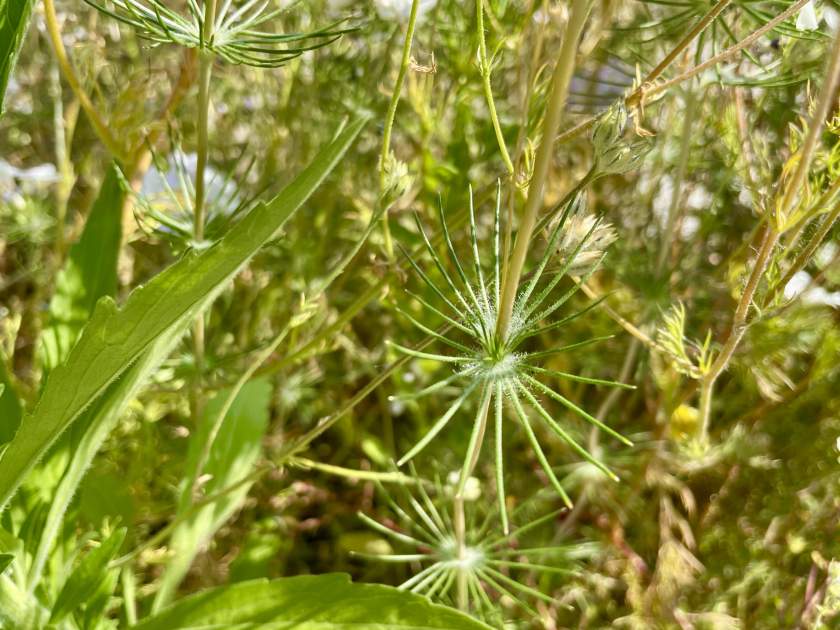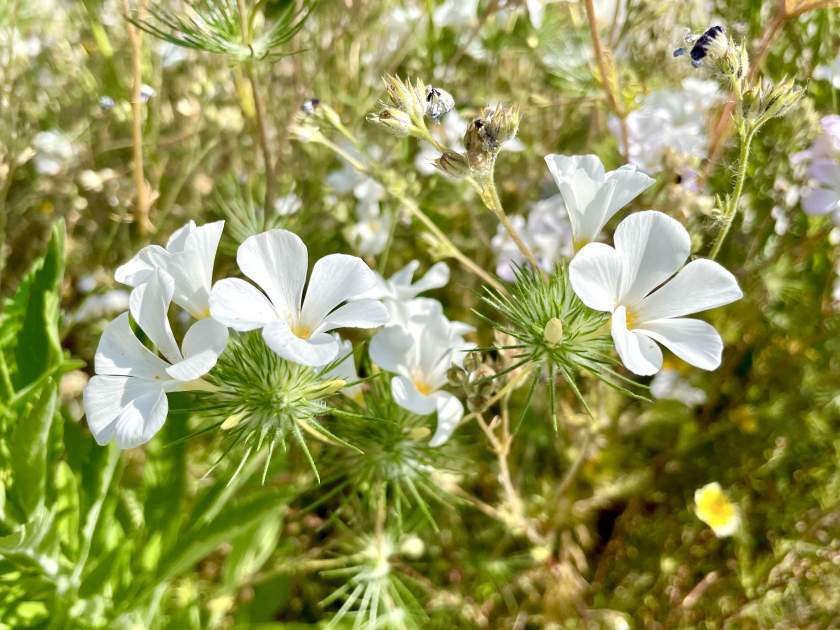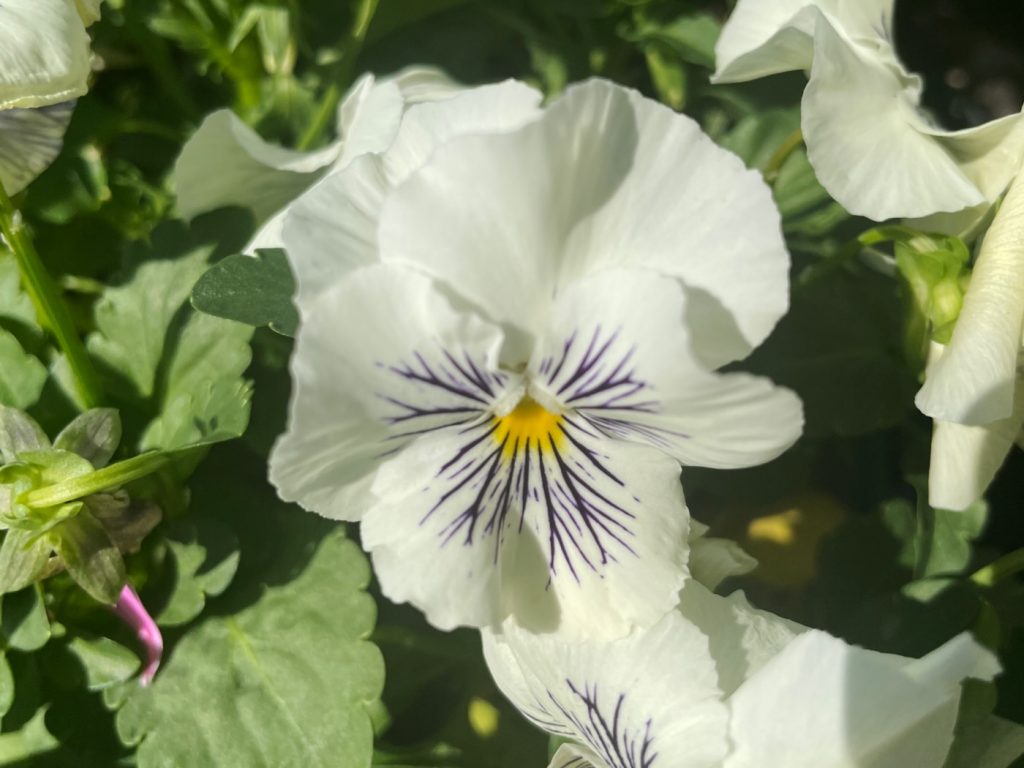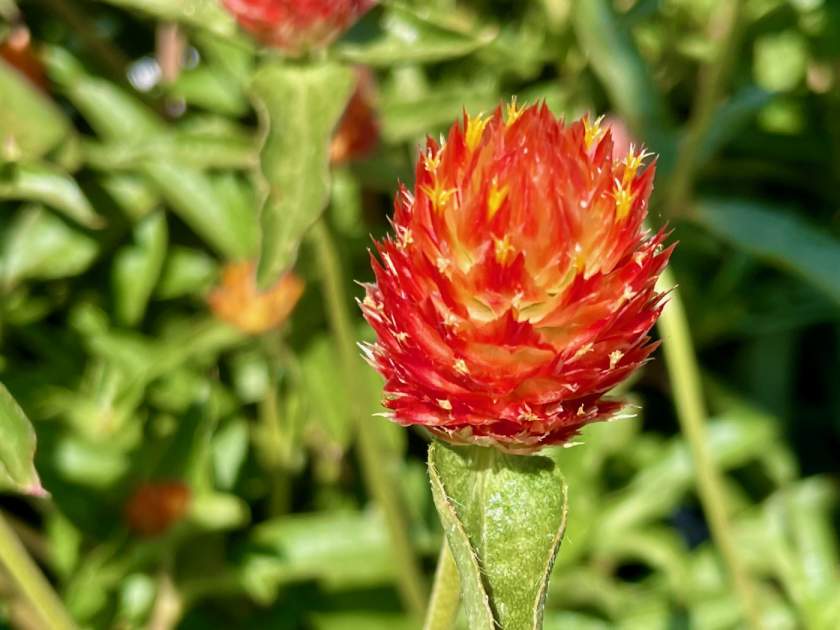Leptosiphon grandiflorus: Adding Delicate Beauty to California Landscapes
Leptosiphon grandiflorus, also known as Largeflower Linanthus or Large Flowered Leptosiphon, is a captivating annual herb that belongs to the Polemoniaceae or the Phlox Family. This native Californian species graces the landscapes of the Central Coast and the San Francisco Bay Area, thriving in diverse habitats such as chaparral, coastal prairie, coastal sage scrub, closed-cone pine forest, grassland, and oak woodland. However, its current distribution remains uncertain due to the loss of numerous known populations. Leptosiphon grandiflorus is a species of conservation concern, listed as Vulnerable by the California Department of Fish and Wildlife and the IUCN, and included in the California Native Plant Society Inventory of Rare and Endangered Plants.
Characteristics:
Leptosiphon grandiflorus exhibits an exquisite array of features, making it a botanical treasure in California’s floral tapestry.
Leaves: The plant’s hairy stem bears occasional leaves, each intricately divided into linear lobes up to 3 centimeters in length. These delicate leaves add texture and elegance to the overall appearance of Leptosiphon grandiflorus.
Flowers: At the apex of the stem, an enchanting inflorescence emerges, forming a loose cluster of white or pinkish funnel-shaped flowers. These captivating blooms exhibit lobes that can reach up to 1.5 centimeters in length. The flowering period of Leptosiphon grandiflorus spans from April to July, gracing the landscape with its charming presence during the spring and early summer months.
Cultivating Leptosiphon grandiflorus:
Proper cultivation techniques are essential to ensure the health and vitality of Leptosiphon grandiflorus. Here are some guidelines for successfully growing this captivating annual herb:
Sunlight: Leptosiphon grandiflorus thrives in full sun exposure. Ensure that the plant receives ample sunlight throughout the day to promote optimal growth and flower production.
Watering: This species prefers low moisture levels, making it well-suited to California’s drier climates. Provide water sparingly, allowing the soil to dry between watering sessions. Avoid overwatering, as Leptosiphon grandiflorus prefers a slightly drier environment.
Soil: Leptosiphon grandiflorus favors well-drained soil with a preference for sand or sandstone. The use of sandy or sandy loam soil mixtures provides the ideal growing conditions for this species.
Pest and Disease Management: Leptosiphon grandiflorus is generally resilient against pests and diseases. However, it is always advisable to monitor for any potential issues. If necessary, address pest infestations with appropriate insecticidal treatments, following the instructions provided.
Propagation:
Propagating Leptosiphon grandiflorus can be achieved through the collection and sowing of seeds. Collect mature seeds from existing plants and sow them in well-drained soil during the appropriate season. Provide suitable growing conditions, and with patience, new generations of this exquisite annual herb will grace your garden.
With care and attention, Leptosiphon grandiflorus will reward you with its delicate beauty and contribute to the conservation of California’s unique plant diversity.
Leptosiphon grandiflorus, the Largeflower Linanthus, adds a touch of elegance to California’s landscapes. With its intricately divided leaves and beautiful white or pinkish funnel-shaped flowers, this annual herb stands out among native flora. By providing ample sunlight, low moisture, well-drained soil, and careful attention to pests and diseases, gardeners can successfully cultivate Leptosiphon grandiflorus and enjoy its captivating presence. Let this exquisite species enhance your garden and contribute to the preservation of California’s botanical heritage.






